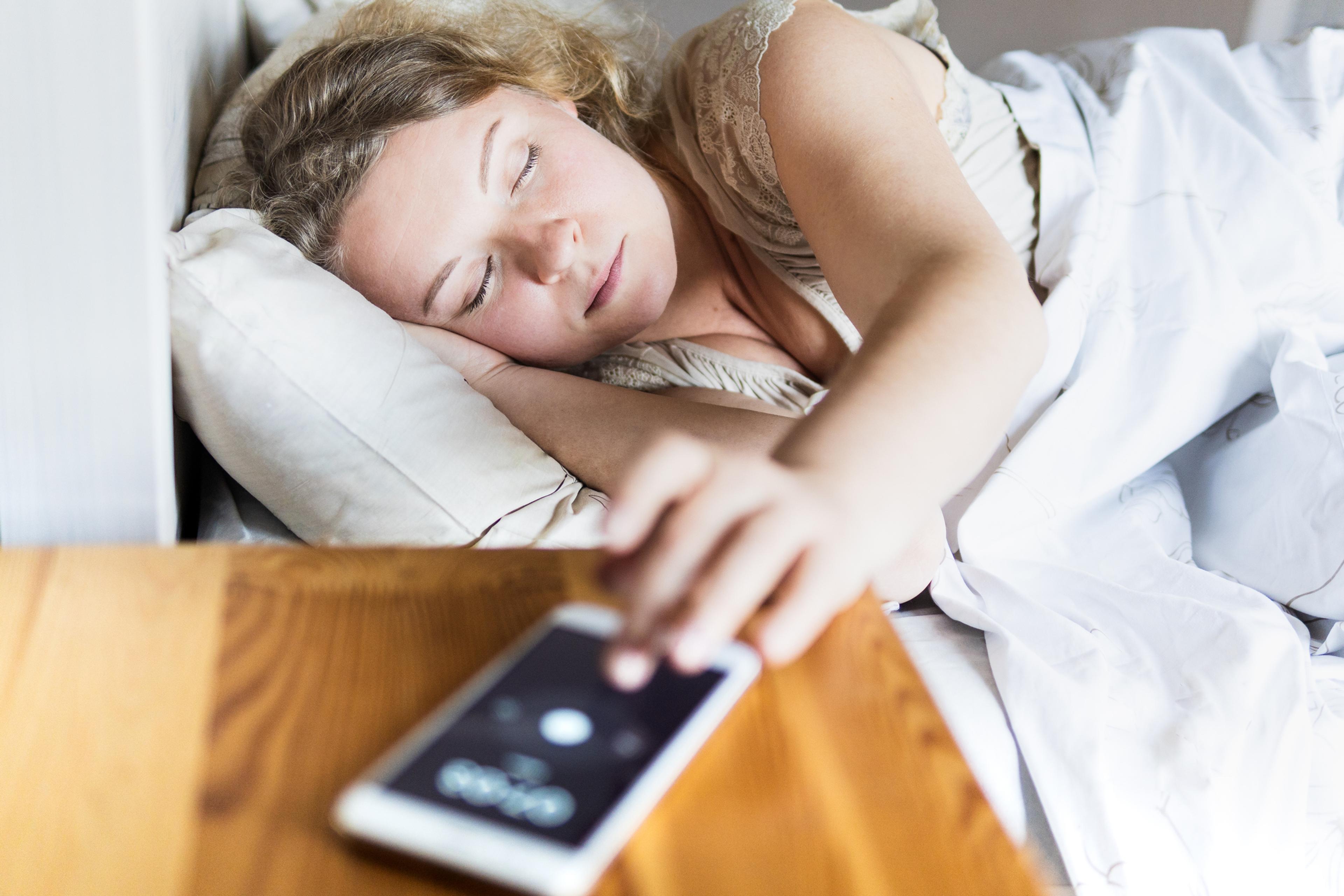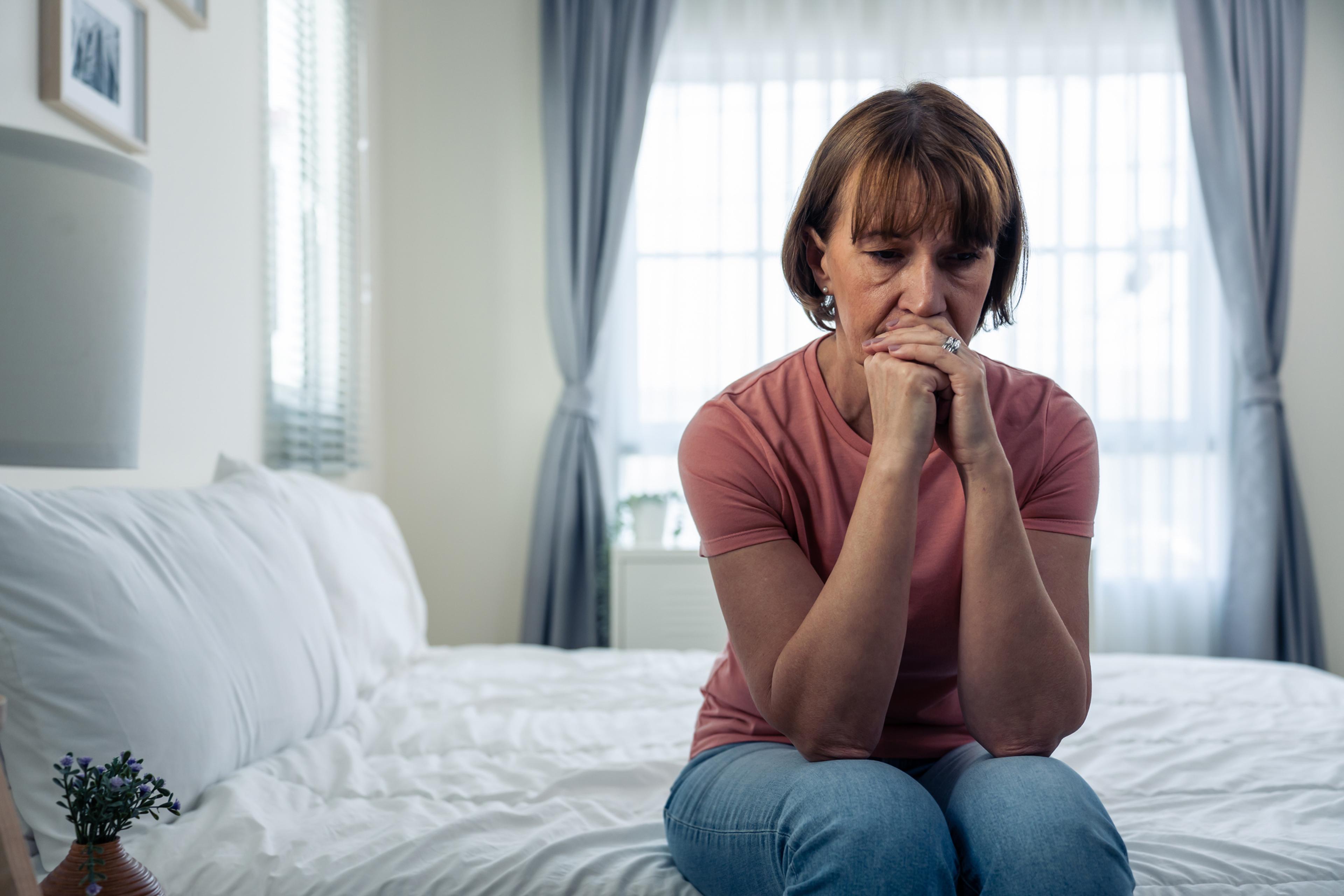Can Lack of Sleep Cause Headaches?
Jake Newby
| 5 min read

Key Takeaways
- Poor sleep, mood changes and headaches are linked through the hypothalamus region of the brain.
- Several headache types are linked to sleep, including tension headaches, hypnic headaches and cluster headaches.
- Migraines are two to eight times more likely to occur in individuals with sleep disorders.
If you have ever struggled with an early-morning headache– or even worse, a migraine – you may be able to trace it back to your previous night’s sleep.
Research has established a bidirectional relationship between sleep deprivation and headaches or migraines, meaning one can cause the other and vice versa. Here’s what you can do to break out of that cycle if you are stuck in it.
What is the connection between sleep, headache and mood?
The hypothalamus region of the brain helps regulate sleep, mood and headaches and migraines, which can explain how poor sleep increases the odds of headaches and mood changes.
The hypothalamus contains both the neurons responsible for modulating pain and the suprachiasmatic nucleus (SCN), which receives signals from the eyes and helps match sleeping behaviors to the cycle of outdoor light and darkness. According to the Sleep Foundation, a damaged SCN may cause dysregulated daytime sleep and disrupt the sleep-wake cycle.
Types of headaches linked to sleep
Experts have linked these types of headaches to sleep:
Tension headaches: Tension headaches are common headaches that can cause feelings of pressure and tightness but usually aren't painful enough to keep you from participating in everyday activities, according to WebMD. Tension headaches can occur in people struggling with certain sleep disorders; according to one study, patients with insomnia experienced an increased risk of migraine and tension-type headache.
Hypnic headaches: Alternatively known as “alarm clock” headaches, these rare headaches happen only during sleep and can cause pain and wake you up around the same time every night. They can be characterized by throbbing or dull pain on both sides of the head. They usually last between 15 minutes to four hours after waking, according to the American Migraine Foundation. While hypnic headaches usually begin in people after age 50, young people can suffer from them as well.
Cluster headaches: Cluster headaches are severe headaches on one side of the head. They are associated with symptoms that occur on the same side of the head that the pain takes place on, according to the American Migraine Foundation, and can cause symptoms like red or teary eyes, runny or stuffy nostrils and flushing or sweating of the face. They affect sleep because they commonly develop overnight and can cause severe attacks that develop within an hour of falling asleep. The pain tends to be most severe in, around or behind one eye. Cluster headaches can last anywhere from 20 minutes to three hours.
Migraines and sleep
Migraine headaches– which millions of Americans experience – are more severe than any of the headaches mentioned and can cause throbbing pain, nausea, vomiting and sensitivity to sound and light. They are often concentrated on one side of the head, which is different from tension headaches, which are characterized by tightness or pressure on both sides of the head.
Migraines share a complex and “poorly understood” relationship with sleep, according to one study. The American Migraine Foundation states people living with migraines are between two and eight times more likely to experience sleep disorders – such as insomnia and sleep apnea – compared to the general public. Migraines can occur when waking up in the morning, and those who experience migraines are more likely to suffer from insufficient sleep, according to research. Meanwhile, missing sleep is one of many potential causes of migraines.
This data points to a “chicken or the egg” type of situation between migraines and poor sleep. For example, if you experience a migraine attack during the day and try to sleep it off, you may struggle to fall asleep that night and throw your sleep schedule off. So, while the connection between the two has been established, the specific nature of the relationship – including whether sleep disorders cause migraines or vice versa – needs to be clarified by more research.
The importance of prioritizing sleep
Sleeping between seven to eight hours a night is restorative for both the body and mind. You can improve your sleep quality by making these tweaks to your nighttime routine:
- Creating an optimal sleep environment that accounts for temperature and darkness. Typically, the ideal sleeping temperature is between 64-68° Fahrenheit.
- Getting regular exercise during the day, which can improve sleep quality, help you fall asleep faster and relieve stress.
- Going to bed and waking up at the same time each night and keeping that same schedule on weekends.
- Limiting alcohol intake and avoiding alcohol consumption late at night; alcohol can significantly reduce or delay REM sleep.
- Abstaining from caffeine at least six hours before bed.
- Limiting screen time and disconnecting from devices up to two hours before bed.
- Avoiding sleep aids; some antidepressants, sleeping pills and other medications can reduce or suppress REM sleep, even those available over the counter. Only take sleep-related medications approved and prescribed by your primary care provider.
Additionally, keep a record of migraines, including noting any potential triggers, to discuss with your primary care provider. You may need to see a specialist such as a neurologist for severe migraines or if you have a family history of these types of headaches. They may also be able to discuss the potential of headache/migraine medications, and inform you about how those might affect your sleep.
Photo credit: Getty Images
Keep reading:





